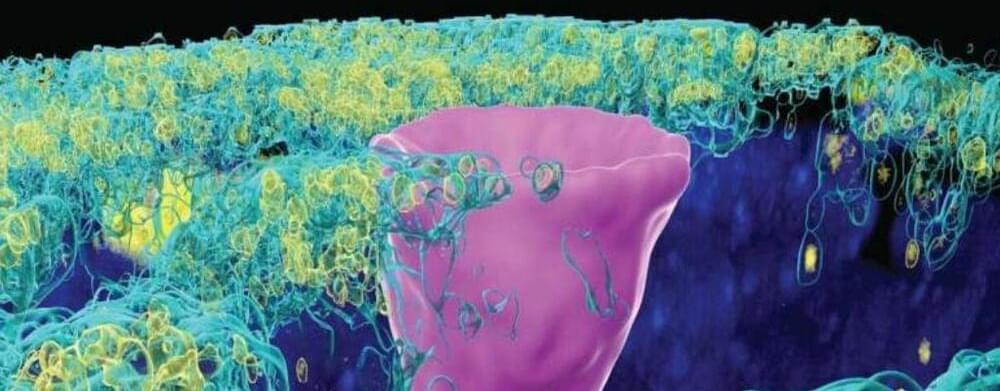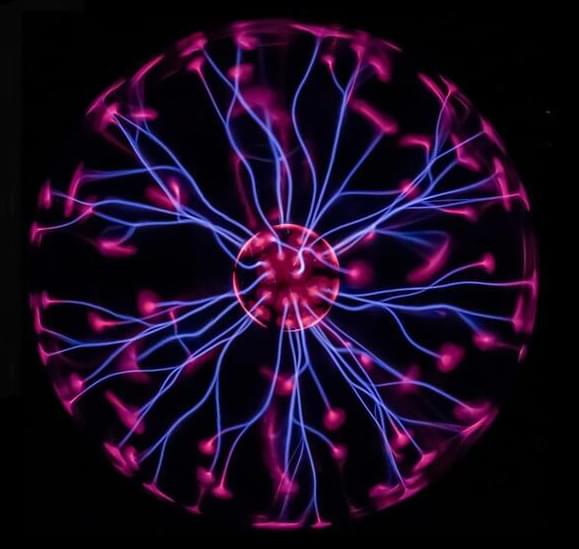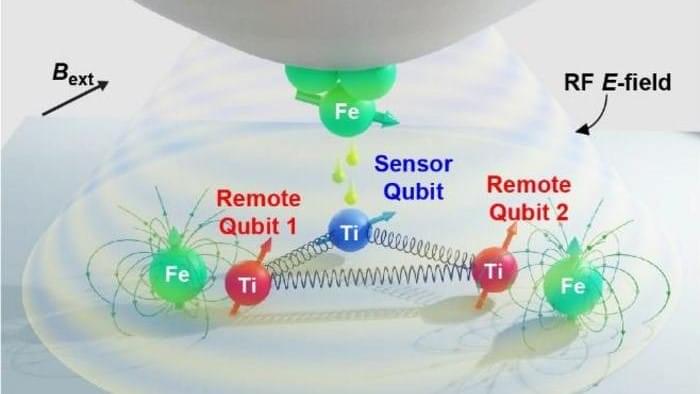Last month, OM1, a leading real-world data and tech company focused on chronic conditions, announced the launch of its Parkinson’s disease (PD) premium dataset and the enhancement of its Mental Health & Neuroscience Real-World Data Network.
The dataset includes more than 7,000 patients prospectively followed by neurologists in hundreds of clinics across all 50 states. OM1 enriches the data by extracting relevant information from treating clinician notes using its AI and language modeling, and data points include key symptoms, disease severity, treatments, longitudinal outcomes and clinical response. In addition to the dataset, data from an additional 700,000 PD patients are available in the OM1 Real-World Data Cloud for modeling health economics outcomes, patient recruitment for clinical trials, prescriber trends and other research needs.
The dataset combines real-world data sources, such as electronic medical records (EMR), medical and pharmacy claims, mortality data and social determinants of health (SDoH), to provide deeper insights into Parkinson’s disease patient journeys. The data can be leveraged to accelerate medical research and to support approvals and reimbursement, reducing the time to market and improving existing therapies.









